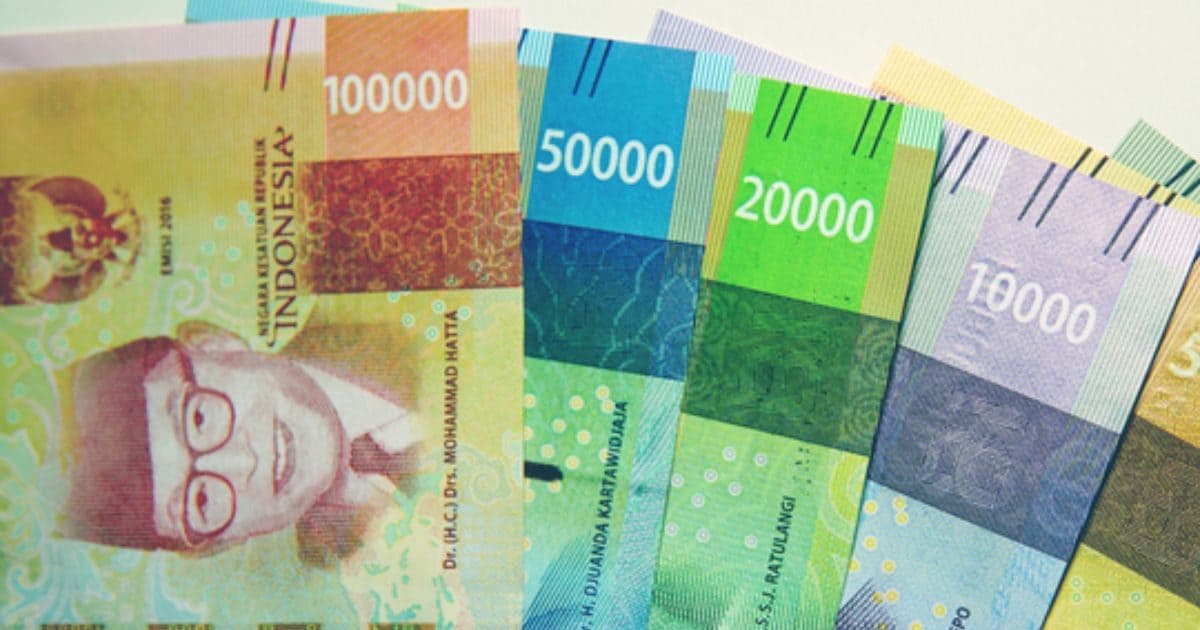highlights
It is said that the Han dynasty introduced paper currency in China in the sixth century.
Kublai Khan started it in China by controlling it in a real way.
Paper currency spread in Europe and the world in the 18th and 19th centuries.
When the Venetian merchant Marco Polo reached China in the beginning of the 13th century, many such things were being used there, which were enough to surprise him. For example – gunpowder, coal, glasses and porcelain, but the thing that surprised him the most was the use of paper currency i.e. notes, which was implemented by Kublai Khan, the grandson of Genghis Khan in 1206. Marco Polo could not believe what he was seeing and what an amazing thing Kublai Khan had started.
It is noteworthy that paper was also first invented in China. According to historians, paper was first invented in China in 201 BC. Happened during the Han Dynasty. “Kai Lun”, a resident of China, invented paper.
papers were cut into different shapes
In China, paper made of special color was cut into pieces of different sizes. These were then issued as notes with solemnity and authority, with officials having to write their names and seal each note.
Early Chinese currency notes and their notes (Wiki Commons)
Notes issued during the reign of this ruler
The chief officer appointed by Kublai Khan would apply vermilion to the seal handed over to him and print it on paper, so that the form of the seal would be imprinted on it in red colour. If anyone tried to fake it, he was given the death penalty.
How authenticity was determined
Genghis Khan's grandson took several measures to ensure the authenticity of these paper currencies. Till then paper notes were not in circulation anywhere in the world. This led to the introduction of a new form of currency in the world. In the coming years, the use of paper notes started rapidly all over the world.
The paper was made from the bark of which tree?
This paper currency was made from the bark of the mulberry tree. It was known as the “flying currency” because it could fly in the air. The Chinese used paper currency for more than 500 years before Europe began using it in the 17th century.

The first note issued in Europe, the then notes were of this type. (Wiki Commons)
Why were paper notes introduced?
It is said that the first paper currency notes were first developed in China in the 7th century during the Tang and Song dynasties. At that time traders wanted to avoid large quantities of copper coins in large business transactions. Then it was also called flying money.
How did paper notes start in Europe?
By the time Marco Polo reached China, currency notes started being widely used in China. When he returned to Europe, he based the circulation of these notes on the 13th century. By the way, the first European bank note appeared in Sweden in 1661. In the 18th and 19th centuries, paper currency spread throughout the world.
When did paper notes first appear in India?
The first paper note in India was issued by the British in 1862. There was a picture of British Queen Victoria on it. The Reserve Bank of India printed its first currency in 1938. There was a picture of King George on the five rupee note. In 1996, RBI made changes in the notes. Since then, the photo of Father of the Nation Mahatma Gandhi started being used.
Independent India issued its first banknotes in 1949. It was a one rupee note. Note printing is done at four places in India. These include Salboni, Mysore, Nashik and Dewas.
Many benefits of paper currency
Paper currency spread throughout the world because it had many characteristics.
Control – Governments could easily control the supply of paper money.
Stability – Paper currency is more stable than other mediums of exchange.
Where were the first coins minted?
The credit for this probably goes to China first of all. The world's oldest coin factory has been found in Guanzhuang, Henan province of China. Spade-shaped bronze coins were made in this factory between 640 BC and 550 BC.
The circulation of coins in India also started in the sixth century BC. Sher Shah Suri issued a 178 grain silver currency called Rupiya during his reign from 1540 to 1545. The word Rupee is related to the word Rupa, which means silver. In Sanskrit, Rupyakam means silver coin.
Where were plastic notes first issued
It is believed that plastic currency notes were first used in Australia in 1988. Australia is the first country in the world to introduce plastic notes in 1988. Apart from this, it is the only country in the world where polymer notes are produced.
Where was digital currency first issued?
Bahamas is the first country in the world whose central bank issued the world's first digital currency. It is called “Sand Dollar”, it runs in 700 islands of Bahamas. Although China is also doing good work in this.
.
Tags: 1000-500 notes, 2000 note, China, Currency, Currency in circulation, Indian currency
FIRST PUBLISHED : March 26, 2024, 10:43 IST
PressNews24 provides latest news, bollywood news, breaking news hollywood, top tech news, business standard news, indian economy news, world economy news, travel news, mumbai news, latest news mumbai loksabha election 2024, video viral news, delhi news, Only at PressNews24.in






